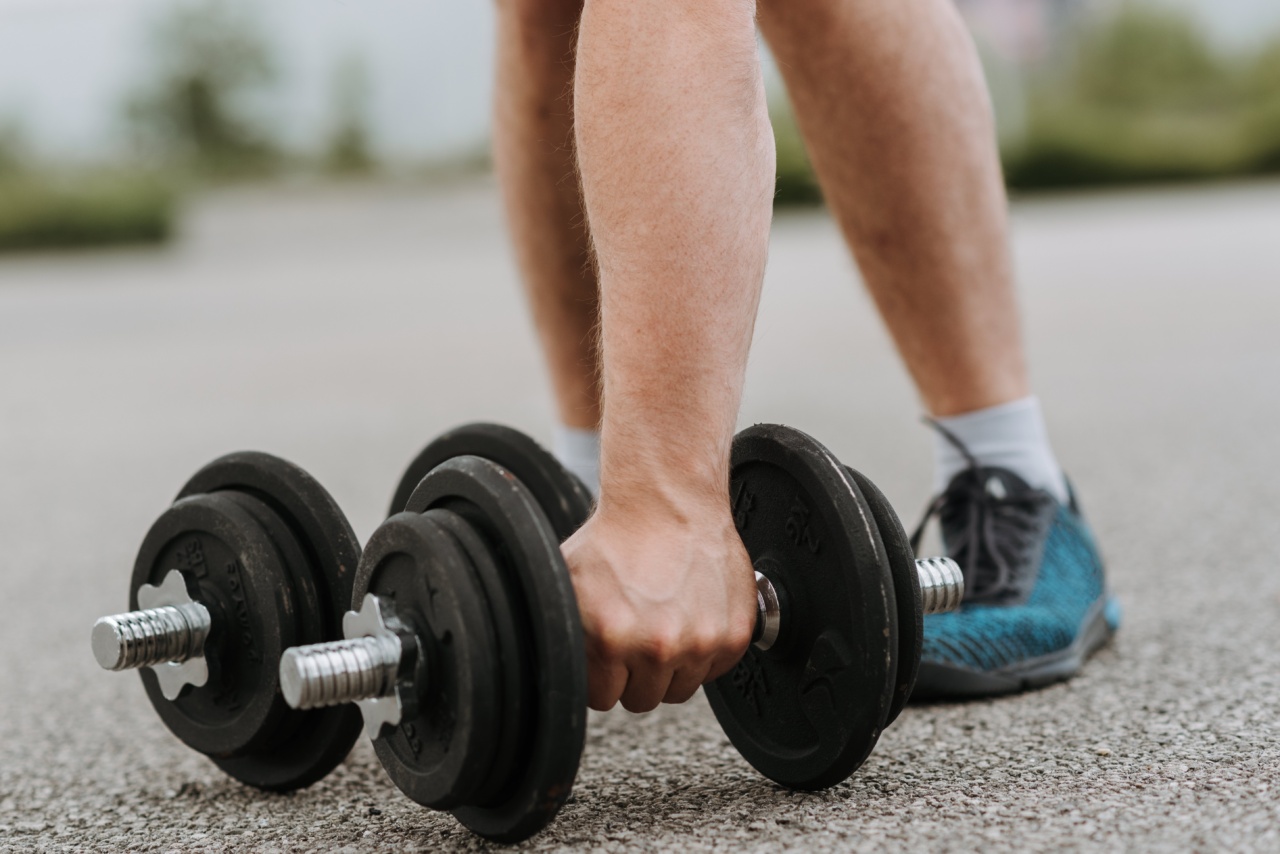Have you ever experienced a strained neck? If so, you know the intense pain and discomfort it can cause.
But did you know that the weight your neck carries when strained can be up to five times greater than lifting weights? In this article, we will explore the impact of a strained neck and the importance of proper neck care.
The Weight of the Neck
The human neck is a remarkable structure that supports the head, which weighs around 11 pounds on average. It consists of seven vertebrae, interconnected by discs, ligaments, and muscles.
The neck is responsible for keeping the head balanced and providing support for its movement.
When your neck is in a neutral position, it is strong and resilient, distributing the weight of the head evenly. However, when the neck is strained or injured, the load it carries significantly increases.
The Impact of a Strained Neck
A strained neck refers to the overstretching or tearing of the neck muscles, tendons, or ligaments.
It can occur due to various reasons, including poor posture, sudden jerking movements, sleeping in an awkward position, or prolonged hours of sitting and looking down at electronic devices.
When a neck strain occurs, the muscles and ligaments become inflamed and weak. As a result, the weight of the head becomes concentrated on a smaller area, causing immense pressure on the affected area.
This increased load can be up to five times greater than the weight of lifting.
Common Symptoms of a Strained Neck
A strained neck can manifest through various symptoms, including:.
- Neck pain and stiffness
- Headaches
- Shoulder pain
- Difficulty in moving the neck
- Numbness or tingling in the arms or fingers
If you experience any of these symptoms, it is essential to seek medical attention and take necessary measures to alleviate the strain on your neck.
Preventing Neck Strain
Prevention is always better than cure. Here are some tips to help prevent neck strain:.
- Maintain good posture: Keep your spine aligned and avoid slouching or hunching.
- Take regular breaks: If you have a sedentary job, make sure to take frequent breaks and stretch your neck and back.
- Use proper ergonomics: Ensure your workspace is set up correctly, with your computer screen at eye level.
- Practice neck exercises: Strengthening and stretching exercises can help improve the flexibility and strength of your neck muscles.
- Invest in a supportive pillow: Sleep on a pillow that supports the natural curvature of your neck.
Treating a Strained Neck
If you already have a strained neck, certain measures can help alleviate the pain and promote healing:.
- Apply ice or heat packs: Alternate between ice and heat therapy to reduce inflammation and relax the muscles.
- Over-the-counter pain relievers: Nonsteroidal anti-inflammatory drugs (NSAIDs) can provide temporary relief from pain and inflammation.
- Gentle stretching exercises: Perform gentle range-of-motion exercises to improve flexibility and relieve stiffness.
- Physical therapy: In severe cases, a physical therapist can guide you through specific exercises and techniques to promote healing.
When to Seek Medical Attention
Although most cases of neck strain can be managed with self-care measures, certain situations warrant medical attention:.
- If the pain persists or worsens after a few days
- If the pain spreads to the arms or legs
- If there is weakness, numbness, or tingling in the extremities
- If there is a loss of bladder or bowel control
- If the neck strain occurs due to a traumatic injury
It is crucial not to ignore these symptoms as they may indicate a more severe underlying condition that requires prompt medical intervention.
The Importance of Neck Care
Our necks play a vital role in supporting our heads and allowing various movements. Being mindful of our neck’s health and practicing proper neck care is essential to prevent strain and potential long-term complications.
By maintaining a good posture, taking regular breaks, and performing neck exercises, we can reduce the strain our necks endure. Additionally, seeking prompt medical attention when needed can help prevent further damage and facilitate a faster recovery.

























